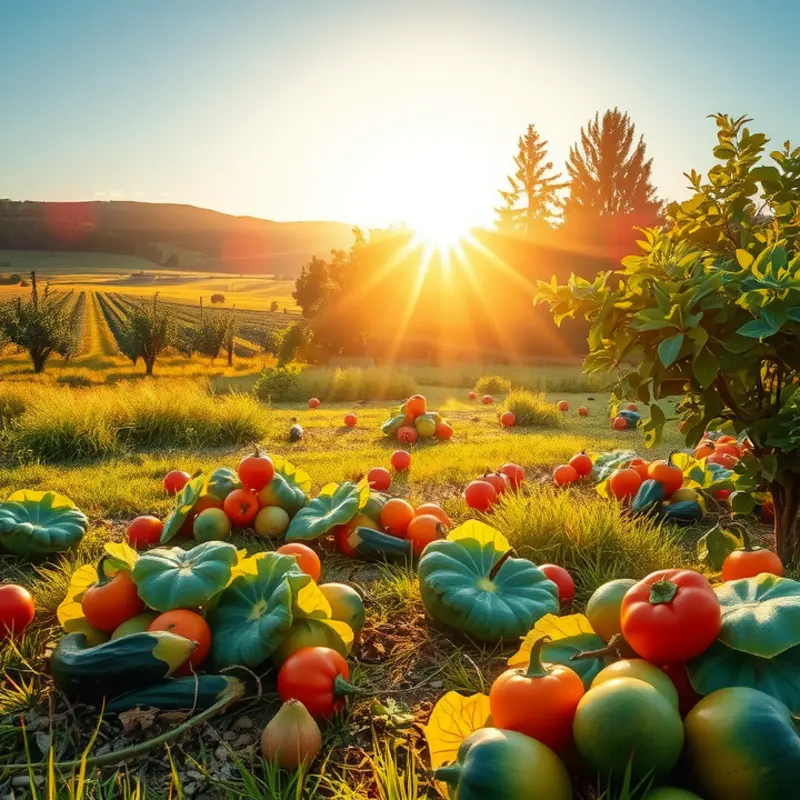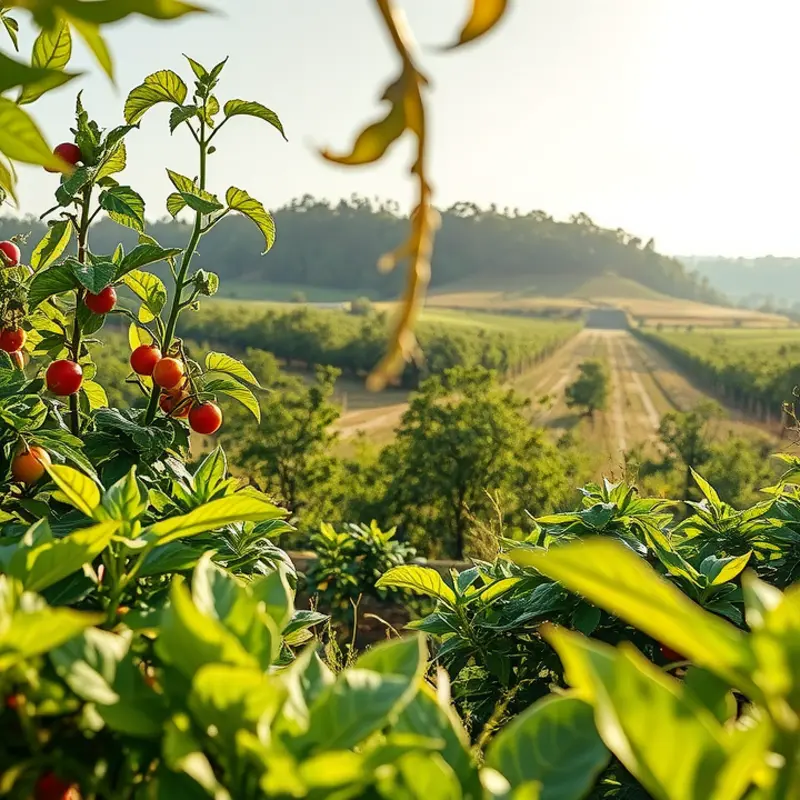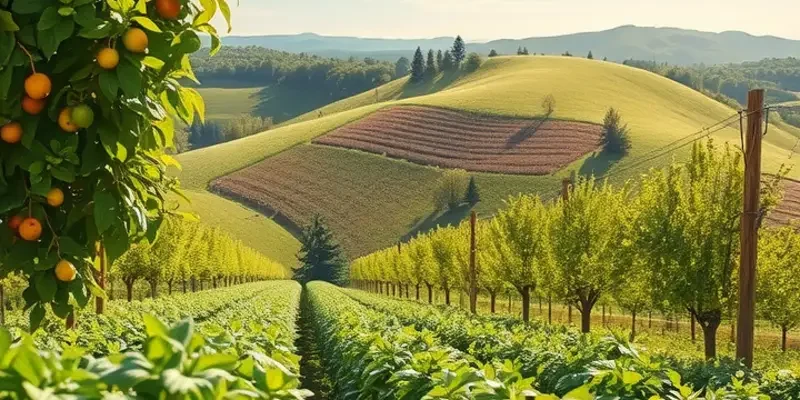Steeped in history and infused with tradition, tea transcends mere beverage status to embody a rich tapestry of culture and ritual. From the intricate tea ceremonies of Japan to the vibrant chai stalls of India, tea is a global phenomenon. This article examines the deep cultural significance of tea, showcasing how it varies across different regions and how it serves as a vital connection to heritage, community, and even spirituality.
Tea Traditions: An Ancient Art Form

Tea, a simple blend of leaves and water, transcends ordinary beverage status in myriad cultures around the world. It isn’t just consumed; it’s revered, celebrated, and ritualized, embodying community, respect, and history within its steam and aroma.
In Japan, the tea ceremony, or chanoyu, encapsulates a centuries-old practice of aesthetic and spiritual depth. This ritual is more than the mere preparation of matcha, or powdered green tea. The ceremony demands precision and reflects concepts of harmony, respect, purity, and tranquility. Every gesture, from the arrangement of utensils to the careful whisking of tea, is conducted with mindful awareness. The tea room, often set in a serene garden environment, becomes a sanctuary where host and guests share a moment of unity, untouched by life’s external chaos.
Travel west to China, where tea has equally profound roots. The country’s tea culture dates back thousands of years, with tea houses serving as social hubs, places where stories are exchanged and bonds are forged. Particularly notable is the Gongfu tea ceremony, originating from the Fujian and Guangdong provinces. This method emphasizes skill (the very meaning of Gongfu) and patience. It involves intricate steps of warming, washing, and brewing that highlight the tea’s delicate notes and complexities. Such practices not only celebrate the tea itself but also uphold the values of patience and skill, inviting participants into a deeper connection with the brew.
In contrast, the Indian subcontinent portrays tea as a vibrant expression of hospitality and warmth. Chai, an aromatic concoction of black tea, milk, and spices, creates a tapestry of flavor in every household, roadside stall, and train station. While not a strict ritual like its East Asian counterparts, sharing a cup of chai is an integral part of social interactions. Offering chai to guests signifies a gesture of welcome, symbolizing the openness of Indian culture.
Beyond Asia, tea traditions continue to diversify. In Britain, afternoon tea is an elegant affair. While it may lack the sacred solemnity found in Eastern rituals, it offers its own form of cultural richness. Afternoon tea, complete with delicate sandwiches, scones, and pastries, exemplifies refinement and where every sip becomes an act of grace and poise. This tradition reflects the British value placed on civility and conversation as essential components of daily life.
African nations, too, have infused tea into communal experiences. In Morocco, the tradition of serving mint tea, which is prepared by pouring from a considerable height to create a frothy head, marks hospitality and trust. It’s a symbol of friendship, visitors partaking in the sweet yet potent flavor as a respectful dialogue unfolds.
These rituals and ceremonies not only honor the craft of tea making but also foster an appreciation for slowing down and sharing the moment with others. They serve as testament to tea’s power in uniting people across time and geography, weaving an intricate tapestry of cultural heritage. For those curious about how global trade shaped food traditions like these, exploring culinary influences through trade offers valuable insights.
Flavor Profiles and the Art of Tea Blending

Tea embodies more than a mere beverage; it is an intricate tapestry of aromas and tastes woven through diverse cultural tapestries. Each region’s approach to tea cultivation and blending creates a symphony of flavors reflecting its unique geographic and cultural essence. From the delicate floral notes of traditional Chinese teas to the robust, full-bodied profiles of Indian variants, tea stands as a testament to both nature’s bounty and human artistry.
In China, the birthplace of tea, the varietals are as varied as the regions themselves. Green teas, such as Longjing from Zhejiang, surprise with their fresh, grassy notes and sweet aftertaste. Meanwhile, Yunnan is celebrated for its rich, earthy pu-erh, which undergoes fermentation similar to fine wines, allowing flavors to evolve over time. Blending in China often involves jasmine blossoms, blending gracefully with green tea to create an aromatic infusion that delights the senses.
Crossing into Japan, tea centers around ritual and purity. Japanese green teas, like matcha, possess a vibrant umami profile, crafted meticulously from shaded leaves to enhance their chlorophyll content. This style of tea blending emphasizes harmony and tranquility, often consumed within the serene context of a traditional tea ceremony.
On the Indian subcontinent, particularly in Assam and Darjeeling, the emphasis is on bold, brisk notes, favored both in Britain’s classic teatime tradition and beyond. The art of chai, an aromatic blend of black tea with a medley of spices like cardamom, cinnamon, and ginger, showcases India’s rich tradition of Ayurvedic practices, transforming tea into a therapeutic experience.
In North Africa, mint tea reigns supreme with its refreshing and invigorating profile. Green tea serves as the base, elevated by the addition of fresh mint leaves and sweetened generously, reflecting the region’s hospitality and social customs. The ritualistic act of pouring the tea from a height also symbolizes the cultural significance of this beloved beverage.
Regions around the world employ unique natural ingredients in their tea blending processes, fostering terroir-inspired transformations. In Sri Lanka, formerly Ceylon, the brisk and bright teas convey citrusy notes, a reflection of the island’s lush landscapes. Additionally, many cultures pair tea with functional ingredients, adding another layer to its diverse tapestry of flavors. Discovering these functional components within tea traditions could complement one’s diet with mood-stabilizing benefits, as explored in this exploration of functional herbs.
Tea blending, thus, transcends a straightforward mix of leaves; it encompasses tradition, respect for natural elements, and innovative flavor exploration. The global spread of tea invites both tea masters and casual drinkers alike to savor rich histories and delicate nuances with every cup. Each region imparts its personality into the leaves, crafting blends that unite people in shared rituals and cherished moments.
Final words
Through its countless rituals and unique flavors, tea stands as a testament to cultural heritage and social connection worldwide. From the tranquil tea ceremonies in East Asia to the bustling markets of India where chai reigns supreme, each cup of tea tells a story of place and people. Embracing tea is not just about savoring a drink; it’s about participating in a rich tradition that nurtures relationships and celebrates life’s moments. So next time you sip your favorite brew, remember that it carries with it a legacy of culture and community that spans continents.








